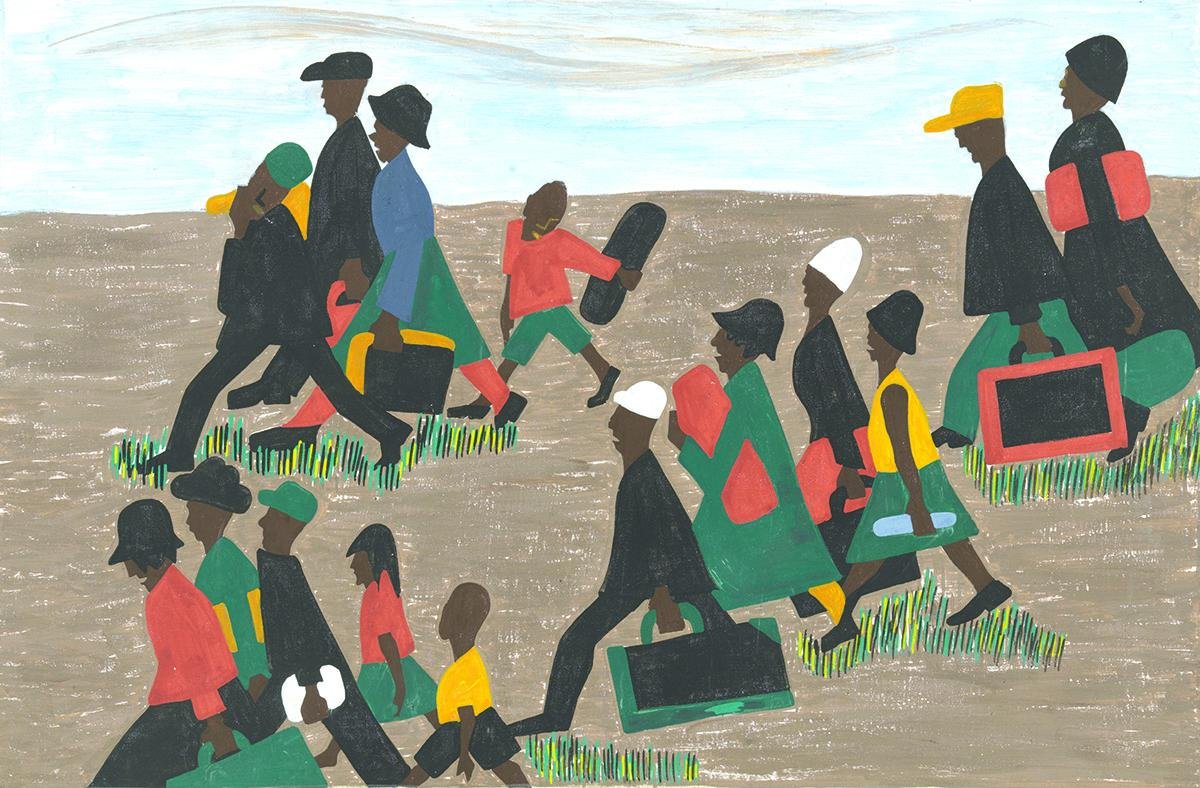
Race, Ethnicity and the
Children of African Immigrants
The Black population in the United States is undergoing a significant transformation. Over the last four decades, the African immigrant population has increased from 130,000 to 2.2 million, positioning them to become the largest Black immigrant group in the United States. This project examines how this newer migration of Black people in America is experienced on the ground, in the daily lives of low-income, second-generation West African adolescents. I draw on ethnographic observations and interviews with 127 West African teens, their teachers, and Black American, Latinx and West Indian peers in New York City to understand their racial and ethnic identity-work and boundary-work. In exploring the lives of these young people, their friendships and families, and their aspirations and struggles, I challenge assumptions about low-income Black youth and offer a dynamic, agentic and relational understanding of boundary-work and belonging. This project contributes to a broader research agenda of understanding Black immigrant racialization processes and how contemporary African migration influences understandings of Blackness across the diaspora.
Three articles based on this project have been published:
Sall, Dialika. 2021. “Love Thy Neighbor? Religion and Ethnoracial Boundaries among Second-Generation West African Youth.” Ethnic and Racial Studies.
Sall, Dialika. 2019. “Convergent Identities; Divergent Meanings: The Racial and Ethnic Identities of Second-Generation West African Youth.” African and Black Diaspora: An International Journal.